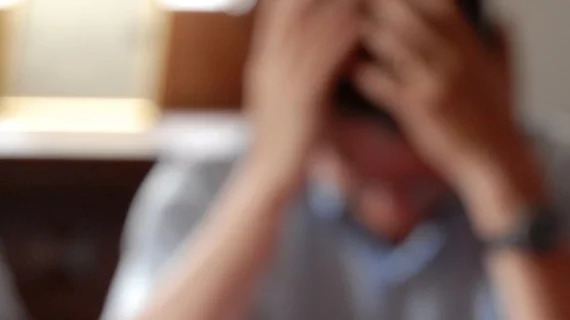Fanning the flames—how burnout initiatives are failing radiologists, according to new survey data
Burnout is a phenomenon that is plaguing radiology and although initiatives intended to blunt its impact are well-intentioned, new survey results suggest that employers are missing the mark when it comes to combating employee frustrations.
In recent years, there has been no shortage of data highlighting the impact of physician burnout. Likewise, initiatives aiming to blunt the effects of burnout are plentiful. However, few efforts have been made to understand whether these initiatives have conjured any positive changes on employee well-being.
To get a better idea of how their own departmental initiatives focusing on culture, team building, work-life balance and personal well-being fared, experts at a tertiary academic medical center surveyed their colleagues on their experiences before and after the interventions were made. Their results are published in Academic Radiology.
The results revealed that not only did the burnout initiatives fail to improve morale, in some cases radiologists reported feeling lower professional fulfillment than they did before efforts were made to improve it. Additionally, the responses indicated that some employees experienced increased emotional exhaustion and sleep disturbances during the timeframe when the interventions were taking place.
“Despite numerous departmental initiatives intended to improve culture, workplace efficiency, work-life balance, and personal wellness, across eight domains assessed, radiologist self-reported burnout showed no change over the study period,” corresponding author of the paper Ivan K. Ip, MD, from the Department of Radiology at Brigham and Women's Hospital, and colleagues shared.
Why the failing grade?
They went on to offer suggestions as to why some of their initiatives fell short.
First, their institution was experiencing increased volumes during an ongoing staffing shortage—an issue that is a known precursor to burnout and has been problematic industry-wide across the world.
Further, special events meant to bring employees and leadership together were poorly attended. This led the authors to suggest that although prior research has indicated that mingling the two groups together would increase connections, lunches and social events simply are not enough to cultivate positive engagement.
Finally, they pointed to the differing ages and life stages of the employees, noting that radiologists who were in the initial stages of their careers likely have different priorities and needs compared to their more experienced colleagues. Thus, more targeted outreach efforts are warranted.
“While departmental wellness initiatives may be worthwhile efforts, broader forces such as regional and national health system challenges, increasing work volumes, and staffing shortages may dominate radiologists’ perception of burnout,” the authors wrote. “A broader institutional approach may be needed to improve and sustain a meaningful reduction in radiologist burnout.”

